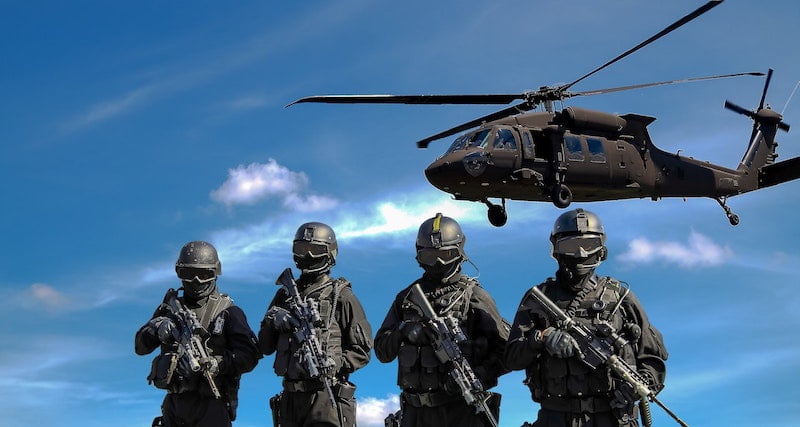Manufacturers of military clothing and equipment are facing mounting pressure to innovate, according to “Military clothing and equipment: escalating global tensions spur investment”—a 51-page report from the global business information company Textiles Intelligence. This pressure has intensified as armed forces worldwide brace for conflict in the wake of the war in Ukraine and as opposition forces make significant advances in the development of new technologies and weaponry.
In particular, major strides are being made in the development of lethal weapons and surveillance systems which render conventional military clothing and equipment redundant.
In response, manufacturers are working on new technologies which can provide effective protection of personnel, especially during combat—including next-generation body armour, uniforms capable of concealing thermal signatures, and wearable devices that can optimise performance.
For example, research into the potential of nanomaterials for use in the manufacture of uniforms which can conceal thermal signatures has shown promise. Carbon nanotubes (CNTs) and graphene, in particular, possess excellent mechanical and thermal properties which enable them to absorb and dissipate radiation emitted by infrared radar systems. As a result, research is being conducted into textile coatings which contain CNTs and graphene.
It is thought that military personnel wearing uniforms treated with such coatings could display much smaller thermal signatures than military personnel wearing conventional uniforms.
An alternative field of research that has shown early promise is the potential of metamaterials in the manufacture of uniforms. Metamaterials are capable of redirecting or bending light and electromagnetic (EM) radiation, thereby effectively rendering objects invisible.
Global demand for such innovations is expected to rise over the period between 2020 and 2028 as a result of escalating political tensions worldwide and the expansion and modernisation of military forces in several countries.
Global tensions are escalating following Russia’s military invasion of Ukraine—the largest military attack on a sovereign state in Europe since the Second World War.
Furthermore, concerns are growing over an increase in anti-state activities worldwide and a rise of far-right terrorism, including an increase in terrorist activity in Israel, Saudi Arabia, and Turkey.
Despite an increase in demand for innovation in military clothing and equipment, significant challenges will be presented by scaling the production of new and complex technologies—not least because of the high costs of doing so.
Furthermore, there are disparities between, on one hand, the desired performance of some technologies for use in the manufacture of military uniforms and, on the other, their availability because of budgetary and technological constraints. These disparities will prove considerable.




















